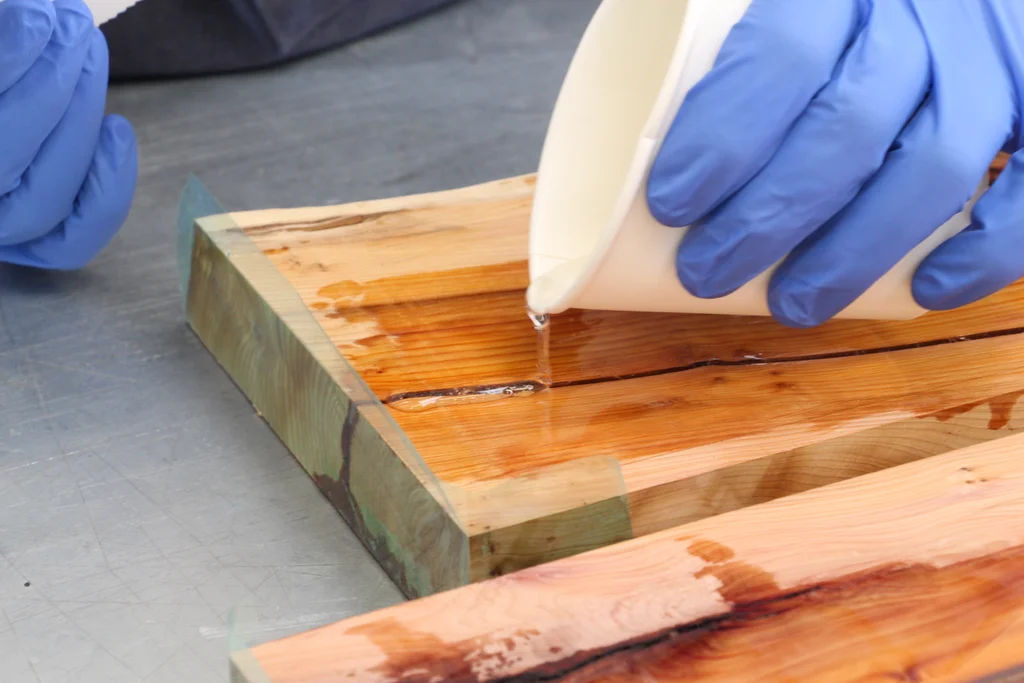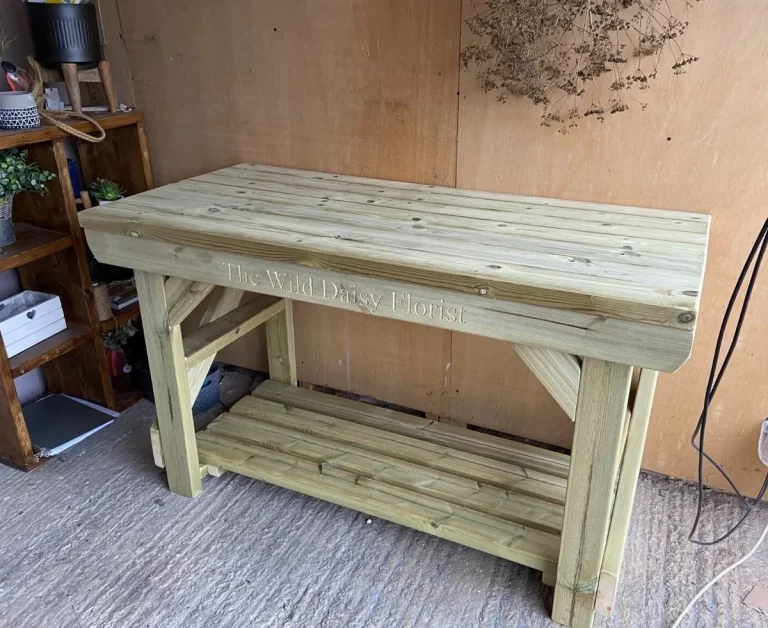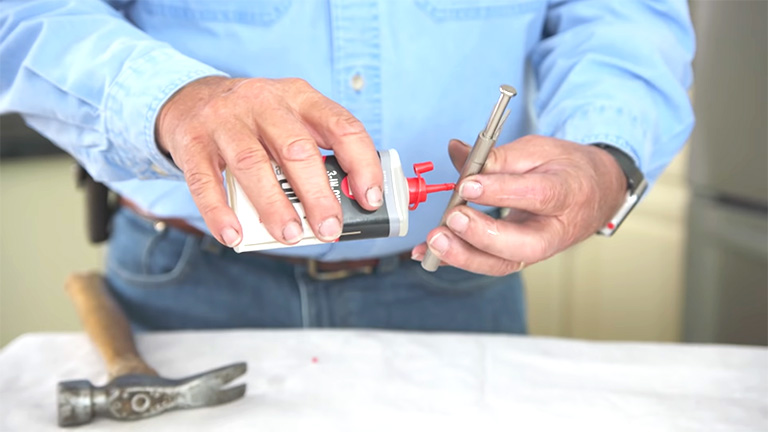Epoxy Wood Filler: The Ultimate Solution for Restoring Damaged Wood

Epoxy wood fillers have revolutionized the way homeowners and craftsmen approach wood repairs. Whether it’s a cherished antique chair or a wooden deck facing the wrath of time, epoxy wood filler stands out as a reliable and resilient choice. In this article, we’ll delve deep into the world of epoxy wood fillers, why they are becoming increasingly popular, and how they can breathe new life into your damaged wood.
What is Epoxy Wood Filler?
Epoxy wood filler is a two-part, high-density filler used to patch holes, dents, cracks, and other imperfections in wood. Consisting of a resin and a hardener, when mixed together, they form a robust, pliable compound that can be molded to fit any shape. Once it cures, it becomes rock-hard, making it exceptionally durable.
Benefits of Using Epoxy Wood Filler
Durability
One of the standout qualities of epoxy is its longevity. Unlike some other fillers that can shrink or crack over time, epoxy remains stable, offering a permanent solution to wood damages.
Versatility
Epoxy is adaptable. Whether you’re working with hardwoods, softwoods, or composite wood materials, epoxy wood filler gets the job done.
Waterproof
Epoxy naturally repels water, making it an excellent choice for outdoor wood repairs such as decks, fences, and outdoor furniture.
Easy to Shape and Sand
After application, but before it fully hardens, epoxy can be shaped to match the contours of the surrounding wood. Once cured, it can be sanded smooth, ensuring a seamless repair.
How to Use Epoxy Wood Filler
1. Preparation
Begin by cleaning the damaged area. Remove any loose fibers or splinters. If there’s any moisture, ensure the wood dries thoroughly before applying the epoxy.
2. Mixing
Epoxy wood filler typically comes in two separate components. Mix the resin and hardener as instructed by the manufacturer. It’s essential to get the ratio right for optimal performance.
3. Application
Using a putty knife or a similar tool, apply the mixed epoxy filler into the defect, ensuring that it fills all voids and cracks. Overfill slightly, so you have room to sand it down to a smooth finish.
4. Shaping
Before the epoxy cures completely, shape it to mimic the surrounding wood’s texture and contours.
5. Sanding
Once the epoxy is fully cured, sand it down to achieve a seamless finish. Start with coarse sandpaper and gradually move to finer grits for a polished look.
Tips for Best Results
1. Always wear gloves when handling epoxy to avoid skin contact.
2. Work in a well-ventilated area, especially if the epoxy produces strong fumes.
3. If you’re fixing a large hole or crack, consider using a piece of mesh or wire to provide additional support as you apply the epoxy.
4. For a perfect color match, you can tint the epoxy with suitable dyes or mix it with sawdust from the wood you’re repairing.
The Environmental Benefits of Epoxy Wood Filler
Beyond the evident utility and practical benefits, epoxy wood filler also has environmental advantages that are worth noting.
Waste Reduction
Repairing and restoring damaged wood items means fewer items are discarded. By extending the lifespan of wooden items, we contribute to reducing waste and the strain on landfills.
Conservation
Using epoxy wood filler to mend wooden items reduces the need to harvest new timber. This conservation approach protects forests and supports sustainable living.
Energy Efficiency
Production of new wooden items consumes more energy than restoring existing ones. By using epoxy wood fillers, we can cut down on the energy used in manufacturing, transporting, and selling new wooden goods.
Maintenance and Care Post-Repair
After restoring wooden items with epoxy wood filler, proper maintenance can further extend their lifespan.
Sealants and Finishes
Once the epoxy wood filler is sanded and the repair is complete, it’s wise to apply a suitable sealant or finish. This protective layer will safeguard the repair against environmental elements and enhance the wood’s natural beauty.
Regular Inspection
Periodically inspect the repaired areas. While epoxy is long-lasting, the surrounding wood might suffer further wear and tear. Regular check-ups ensure that minor issues are addressed before they escalate.
Cleaning
Clean the repaired areas gently. Abrasive chemicals or scrubbers might harm the epoxy or the surrounding wood. Use mild soaps and soft cloths for best results.
Expanding Horizons with Epoxy
As the popularity of epoxy wood filler grows, innovative applications are emerging. Craftsmen are now integrating epoxy in woodworking projects not just for repairs, but also for aesthetics. Think of beautiful wooden tables with rivers of colored epoxy, or art pieces where epoxy and wood dance together in harmony. The blend of functionality and artistry opens a new frontier for wood enthusiasts.
Wrapping It Up
The advent of epoxy products, like epoxy putty and liquid epoxy, has truly transformed the way we tackle common issues such as rotted wood and insect damage. Soft wood that has been weakened by wood rot can be rejuvenated with the help of liquid wood, an epoxy consolidant that reinforces the wood’s structure, eliminating the immediate need for replacing wood.
Once you mix epoxy, always remember to don latex gloves for protection. After filling the voids or reinforcing decayed areas, new wood can be seamlessly blended with the old, creating a surface ready to be painted. Not only does the paint amplify its aesthetic appeal, but it also offers an added layer of protection against future damage.






